Author: Ken Christopher | 24 min read | Feb 12, 2020
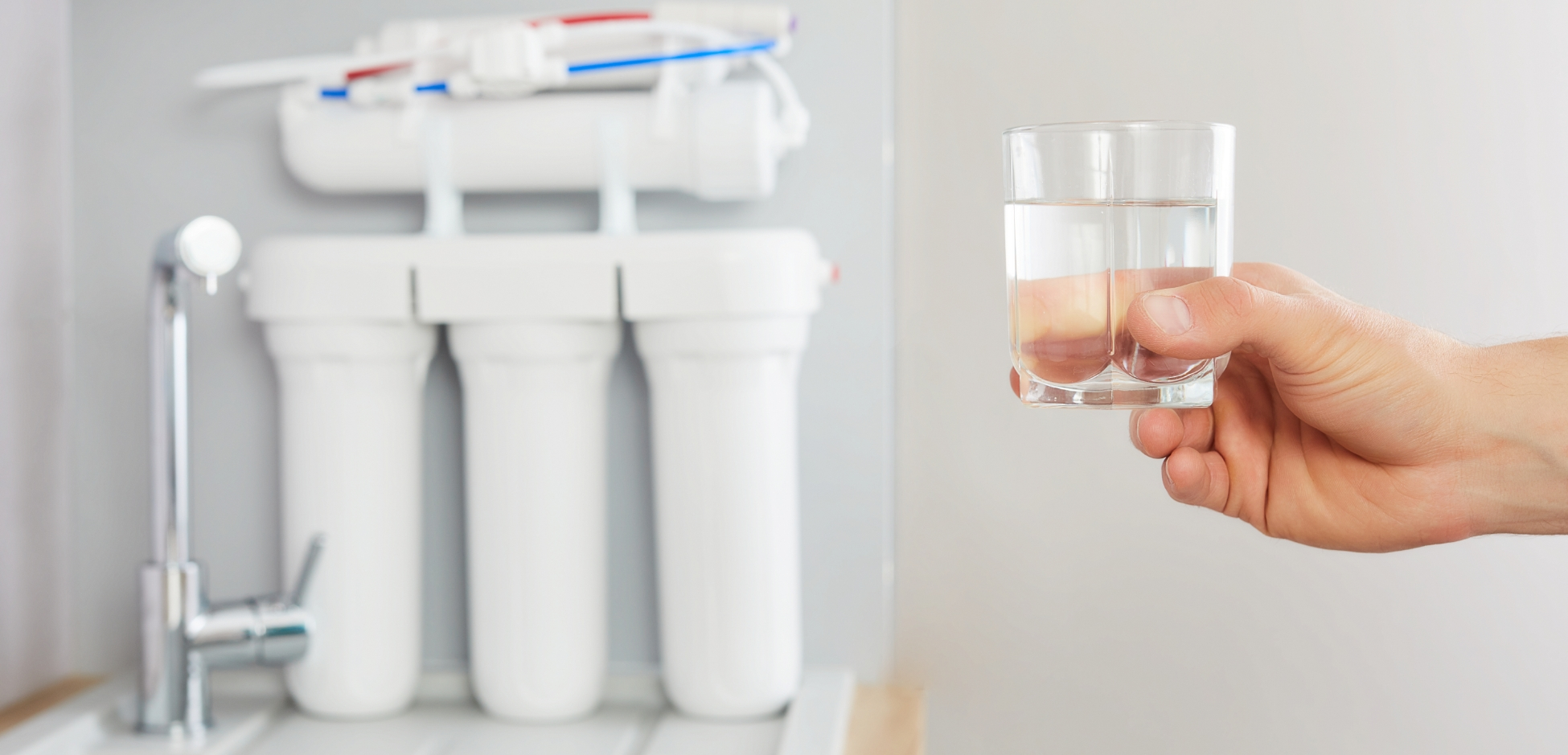
Hard water can be a nuisance. Scale on your taps, streaks on glass, slow decline of appliances: it’s a daily struggle. While some still rely on salt-based softeners to handle this issue, more homeowners are looking for better, low-maintenance solutions.
A salt free water softener answers that call. These water softener alternatives bring results without the hassle of salt bags or brine discharge. A good example is a water conditioner, which doesn’t remove minerals but changes how they interact with surfaces, helping prevent scale and protect your appliances
With more reliable options than ever, it’s the perfect time to find the right solution and leave hard water problems behind.
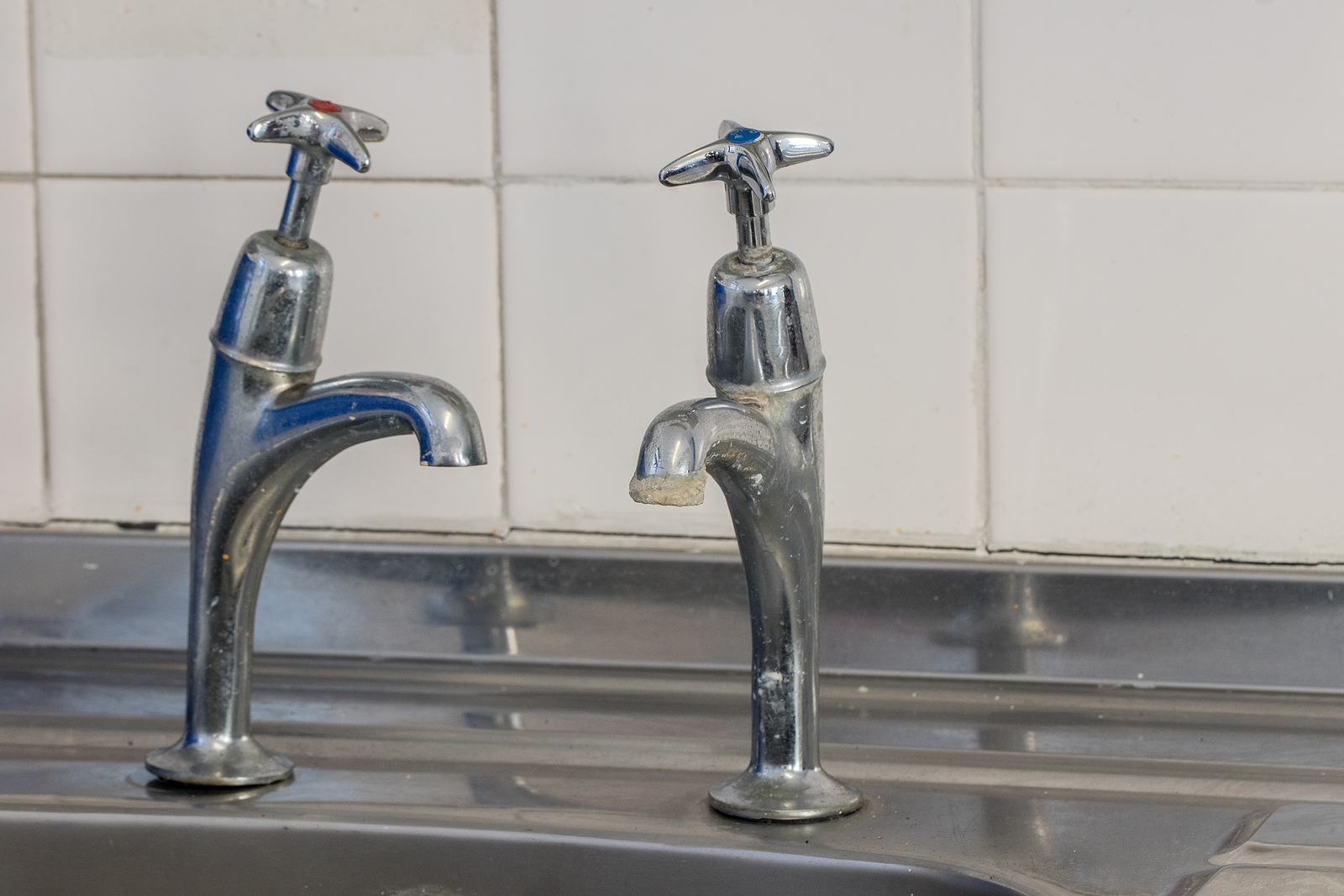
Before discussing water softeners and their alternatives, it is important to have a firm understanding of what hard water is. This will help shed light on how water softeners and their alternatives function and the differences between these two types of systems.
Hard water is simply water with high mineral content. Sometimes the water is hardened because it contains metals like iron, lead, or aluminum, but more often it is due to a high content of calcium and magnesium.
Calcium and magnesium in hard water may be in the form of sulfates, bicarbonates, and chlorides.
Hard water is a natural phenomenon that varies based on the region you are in; some regions have harder water than others. This is because water hardens as it passes through soil and stone with high mineral content.
For example, if your water is sourced from an area with a large concentration of limestone, your water will primarily be hardened with calcium.
As water moves through soil and stone, it picks up mineral and metal ions. Those ions bond to the water molecule, remaining until the water is boiled or evaporated away. What remains behind is known as scale. Scale is an insoluble precipitate that is one of the most common indicators you have of hard water.
When you see chalky buildup on your faucets, soap scum on your shower walls, or a white film on glassware, that’s hard water in action.
Over time, these minerals do more than leave marks: they can shorten the life of appliances, clog pipes, and make cleaning tougher. Because of this, many homeowners explore water softener alternatives or seek out a salt free water softener to keep their home running smoothly.
If you want to avoid ongoing scale and residue, understanding hard water is the first step toward finding the right alternatives to water softener solutions.
Source: USGS
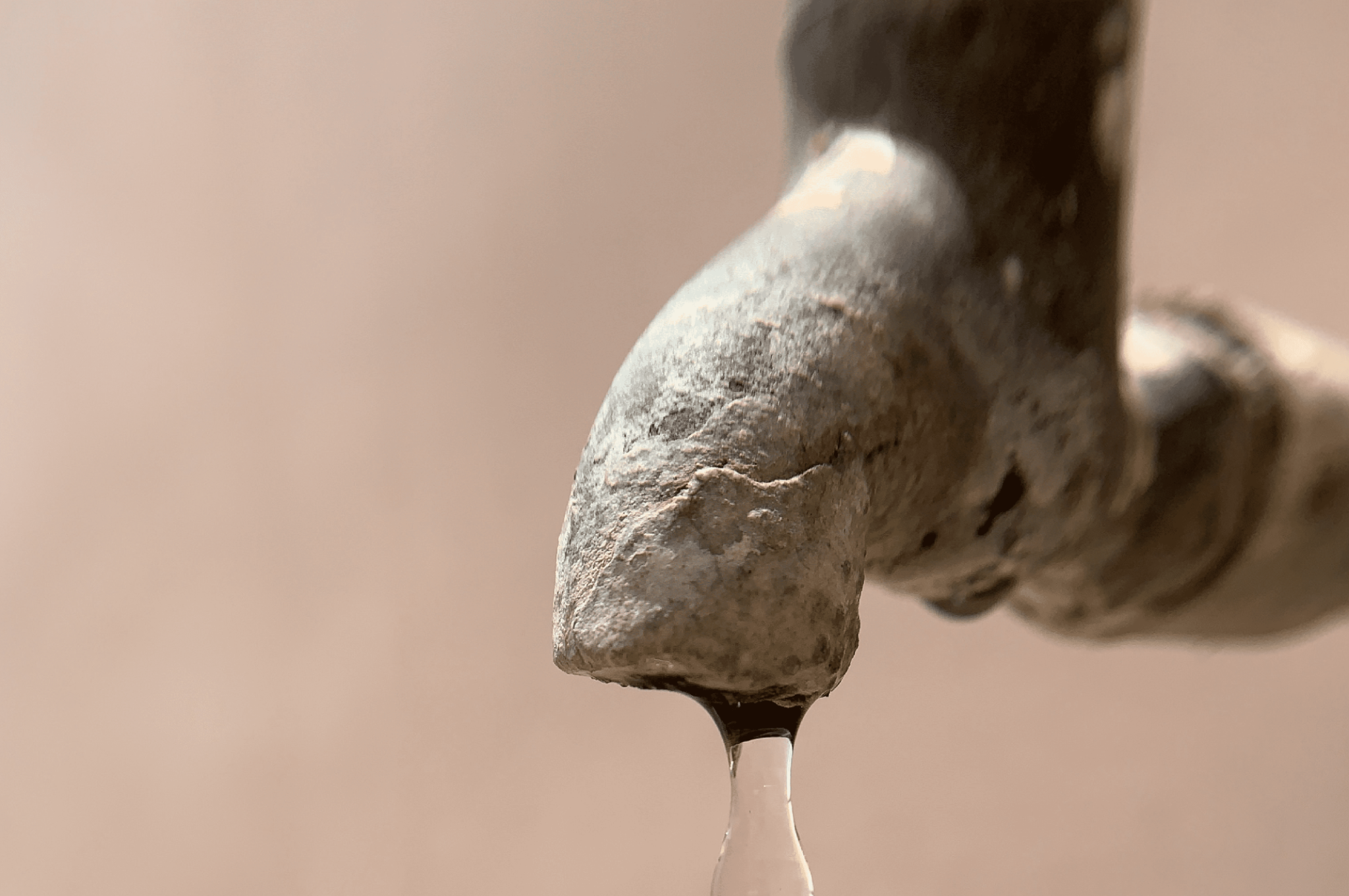
Water hardness is best thought of as a spectrum. Water may be soft or very hard, or somewhere in between.
Hardness level is most often determined by measuring the calcium carbonate equivalent content in a sample of water. This is expressed as the number of grains-per-gallon (GPG) of calcium carbonate.
Grains per gallon (GPG) offer a reliable way to measure water hardness, helping you pinpoint exactly where your water falls on the spectrum. If you want a long-term solution, start by knowing your exact GPG number.
These are the most commonly used thresholds for determining how hard or soft your water is:
The best way to determine whether you have hard water is to schedule a water test with Rayne Water.
Alternatively, you can usually tell if you have hard water by becoming familiar with the top impacts of hard water and looking for their effects around your house. Things like scaling, soap scum and water spots on your dishes are all key indicators you are dealing with hard water.
If you are fed up with the effects of hard water around your house, on your clothes, and on your hair, it’s important to understand what options you have for dealing with it.
Hard water can be a pain, but thankfully, there are effective ways to deal with it.
In a residential setting, the two most common methods of dealing with hard water are using a water softener or a water conditioner. Both of these systems function in different ways, and understanding what these differences are can help you determine which system is right for you.
Water softeners have been around for a while, and most people have heard of them and used softened water at some point. Water softeners function through a process known as ion exchange, during which hard mineral ions in water are removed and replaced with sodium ions.
When water percolates through the ground, it picks up positively charged mineral ions. The process of ion exchange involves attracting these mineral ions away from the water molecule and replacing them with sodium.
To do this, water softeners will typically have at least two tanks. The first tank contains a large amount of negatively charged resin beads.
Attached to these resin beads are positively charged sodium ions. When hard water enters the water softener, it is placed into this resin tank. As the hard water passes over the resin beads, the mineral ions are attracted to the resin beads. When the minerals attach to the resin beads in the resin tank, they displace the sodium ion, which moves to join the water molecule.
This allows the water molecule to maintain a balanced charge and completes the process of ion exchange.
The second tank in a water softener is referred to as the brine tank. This tank contains a salty brine solution. This solution is used to periodically refresh the resin in the brine tank. The resin is saturated with the brine solution, which displaces the minerals attached to the resin and replaces them with fresh sodium ions.
Once this process is complete, the wastewater is flushed from the system and down the drain.
Some people are concerned about the level of sodium in softened water. Here are a couple of key points about sodium in softened water:
For most healthy adults, the amount of sodium in softened water poses little risk.
However, if you are concerned about sodium in softened water, it may be worth considering water softener alternatives like a water conditioner.
Many people choose to install a reverse osmosis system to use in conjunction with their water softener. Reverse osmosis systems are capable of removing sodium added to softened water, as well as reducing a wide range of other contaminants.
The best salt for water softener systems may depend on your specific system and needs.
The use of sodium chloride is more common, but some people use potassium chloride to reduce the amount of sodium in softened water. Be sure to speak with a water quality specialist familiar with your water softening system to determine the best salt for your system.
How does salt soften water properly? Learn more with our guide.
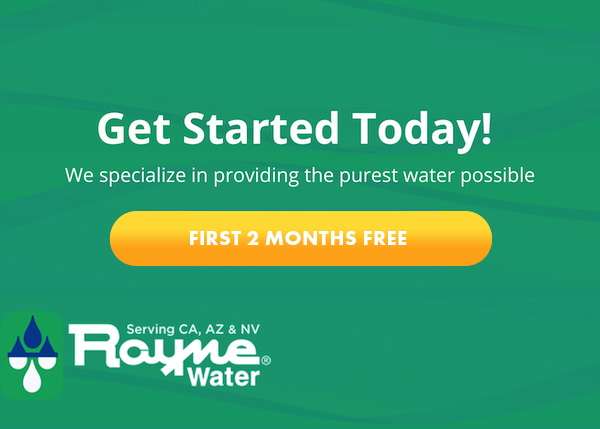
Salt-based water softeners use ion exchange to tackle hard water.
Water enters a resin tank packed with sodium-charged beads. As hard water flows through, the beads capture calcium and magnesium and swap them for sodium ions. The softened water continues to your taps, while the minerals stay behind.
These systems include a resin tank and a brine tank. The brine tank holds a salt solution for periodic recharging of the resin. You’ll need to refill salt and keep up with the regeneration cycle.
Salt-based softeners effectively reduce scale, boost appliance life, and are widely used.
But for many homeowners, the story doesn’t end there. There’s the ongoing task of lugging salt bags and watching for low brine levels. Maintenance never really stops. That’s when the search for a salt free water softener begins, or perhaps another one of the many water softener alternatives on the market.
Some find themselves facing new restrictions, maybe a local brine ban or rising concerns about sodium in their water. Others want a system that’s easier on the environment and their schedule.
As homes and lifestyles evolve, so does the demand for a better way. Looking for alternatives to water softener systems has become the norm, not the exception, as people weigh performance, maintenance, and sustainability.
Source: Department Of Energy
Water conditioners are the best alternative to a water softener if you are concerned about sodium in your water. The key difference between water softeners and water conditioners is water conditioners don’t remove the minerals from hard water.
Remember, the main impact of hard water is scaling. Water softeners address this problem by removing hard water minerals and replacing them with sodium ions. In contrast, water conditioners cause minerals in hard water to crystallize.
Water conditioners do this through the use of template-assisted crystallization (TAC) media.
As hard water passes over TAC media, a small portion of the hard minerals crystallize. These are sometimes referred to as “seed crystals”. Once these seed crystals have formed, the remaining mineral ions contained in the hard water will preferentially attach to the seed crystal rather than any surfaces the water comes into contact with.
Although conditioned water still contains hard minerals, those minerals no longer cause scaling. This means conditioned water won’t cause mineral buildup in your pipes, in your appliances, or on surfaces throughout your home.
Water conditioners also have a couple of other features that make them advantageous for certain situations. These features are:
A salt free water softener brings unique advantages. Especially for those seeking water softener alternatives or eco-conscious options. Here’s what stands out.
For those seeking alternatives to water softener setups, a salt free conditioner offers a solution. Low-maintenance. Reliable. Eco-friendly. A way to fight hard water problems.
Salt free water softener systems are popular water softener alternatives, but it’s smart to know what they can and can’t do:
Electronic or magnetic descalers promise a simple solution for scale.
These devices clamp or wrap around existing pipes, sending electrical pulses or magnetic fields through the water. Installation is quick. A few turns of a screwdriver and you’re set. Maintenance? Hardly any at all.
The aim is to alter the charge of calcium and magnesium ions so they’re less likely to stick to surfaces. In some homes, faucets sparkle longer and showerheads stay clear. In others, results are less convincing, and scale remains stubborn. The science behind these devices is still evolving, with independent research catching up to bold marketing claims.
As a salt free water softener option, electronic descalers appeal to those seeking water softener alternatives with minimal commitment.
They’re a low-risk experiment, especially if you’re not ready to overhaul your plumbing just yet.
Reverse osmosis (RO) systems excel at delivering pure, clean water for drinking and cooking right at your kitchen tap.
Their multi-stage filtration removes dissolved minerals, heavy metals, and countless other contaminants. Every glass tastes crisp and clean. If water quality matters at the table, RO shines.
But these systems focus on the point-of-use—usually under the sink—rather than treating all the water in your home.
RO units aren’t designed to prevent scale in your pipes or protect your appliances and laundry.
That’s why many homeowners pair a salt free water softener or other water softener alternatives with an RO filter. You get reduced scale throughout your plumbing and truly great-tasting water at the tap.
For those who want the best of both worlds, it’s a smart solution.
Potassium chloride softeners work almost exactly like standard sodium-based softeners, swapping sodium pellets for potassium in the brine tank.
If you’re watching your sodium intake, or simply want a more eco-friendly alternative, these units offer real appeal. You avoid the salt taste and still protect pipes and appliances from scale.
There’s a catch: potassium chloride costs more than sodium, and it’s a bit less efficient at exchanging ions. So over time, you may notice higher costs.
But for those seeking a salt free water softener option or more sustainable water softener alternatives, potassium chloride softeners deliver. They let you keep all the traditional softening benefits, just without the added sodium. For the right household, that’s a win.
| Feature | Water Softener | Water Conditioner (Salt free water softener) | Electronic/Magnetic Scaler |
| Removes Minerals | Yes | No | No |
| Prevents Scale | Yes | Yes | Yes (in some cases) |
| Sodium or Salt Required | Yes | No | No |
| Eco-Friendly | No (brine discharge) | Yes | Yes |
| Maintenance Level | Moderate (salt refills, cleaning) | Low (media change every few years) | Very Low (minimal to none) |
| Effective at High Hardness | Yes | May struggle with very hard water | Results vary |
| Taste Improvement | No | Yes (removes chlorine/VOCs) | No |
| Ongoing Cost | Salt + energy | Minimal | Minimal |
| Upfront Cost | Moderate | Moderate | Low |
Water is different everywhere. Some regions have gentle, soft water.
Others face tough, high-mineral content that leaves scale behind, no matter what you do.
If you live in an area where hardness levels exceed 10 grains per gallon, you’ll need a solution built for heavy lifting. Standard water conditioners or a salt free water softener might work well in places with moderate hardness, but the hardest water often calls for a traditional softener or a hybrid system.
In areas known to have very hard water, homeowvers deal with white deposits on every fixture. Checking your local GPG levels is the first step. Grab your city’s water report or use a quick home test kit before you select a system.
Softened water contains only a small amount of added sodium, but that doesn’t suit everyone.
If you or someone in your home follows a low-sodium diet, it’s wise to weigh this detail before you choose a system. Salt free water softener units and other water softener alternatives don’t add sodium, making them a natural fit for anyone who wants to limit intake or avoid salt entirely.
For families managing heart health or special diets, these alternatives to water softener options provide the scale protection you want, without changing your water’s mineral content or taste.
Some places take salt and brine discharge seriously. In regions like California and Arizona, brine bans are the rule, not the exception. Suddenly, traditional water softeners aren’t even an option.
Imagine unpacking boxes in your new house, only to discover the water softener you’ve always relied on can’t be installed. Local regulations make the decision for you.
In these brine-restricted areas, you’ll need a different approach. Salt free water softener systems and other water softener alternatives rise to the challenge.
Before you make a purchase, double-check your city’s policies. With water conditioners that avoid salt and backflushing, you’re not just meeting the law: you’re doing right by the environment, too. In some neighborhoods, that’s not a choice. It’s the only way forward.
Every system has costs, but those costs don’t always show up where you expect.
Traditional softeners mean buying salt, scheduling maintenance, and watching water usage during regeneration. With a salt free water softener or other water softener alternatives, upkeep is lighter: sometimes just a media change every few years.
Look beyond the sticker price. Upfront savings can disappear if ongoing costs pile up, whether it’s for salt, energy, or filter changes. Some systems hum quietly along, barely needing attention. That simplicity pays off, especially for busy households.
A little planning today brings peace of mind tomorrow. In the end, the most valuable option is often the one that runs effortlessly, keeping your water soft and your life simple.
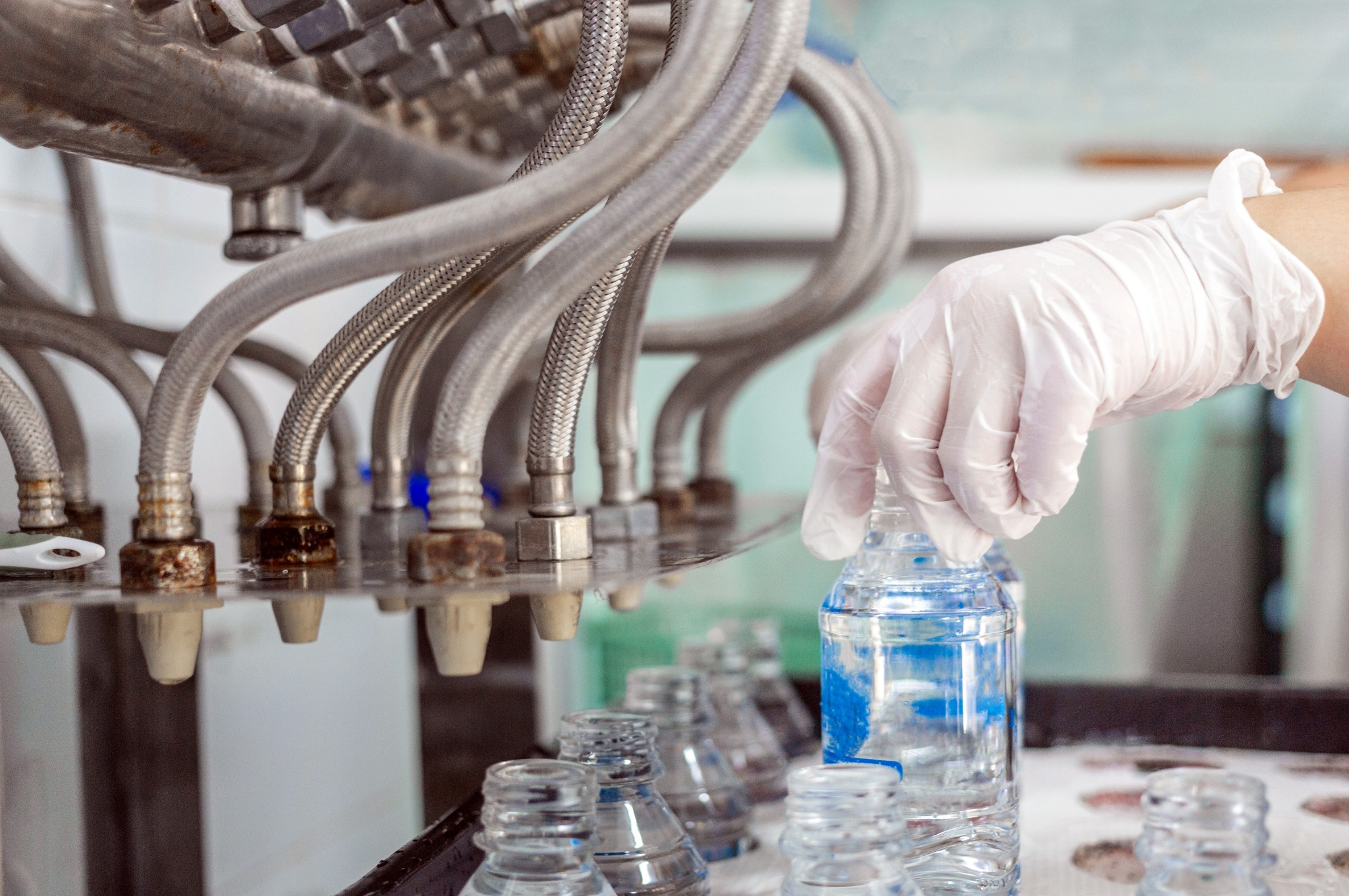
A salt free water softener isn’t a universal fit, but for the right home, it’s the perfect match. Who really reaps the rewards? Let’s break it down.
Small households and apartments enjoy these systems because they’re compact and easy to install at the main line or even under the sink. No bulky tanks. No complicated plumbing. For renters or city dwellers, a salt free water softener slides right in.
If you live in a region where brine discharge is banned, such as parts of California and Arizona, salt free options become a necessity, not just a preference. Local rules make traditional softeners tough or even illegal. Here, water softener alternatives step up as the only real solution, keeping you compliant and hassle free.
For those who value a low-maintenance routine, water softener alternatives shine: there’s no heavy salt to haul, no brine tank to refill, and hardly any ongoing upkeep. Busy schedule? Hate chores? These systems are set-and-forget. Once installed, you barely have to think about them.
Eco-conscious consumers find these systems especially appealing.
Without salt or backflushing, there’s no added sodium in the water supply and no environmental burden from salty wastewater. If protecting the environment matters to you, alternatives to water softener technology offer a sustainable way forward.
For anyone searching for alternatives to water softener technology that are gentle on the planet and easy on your schedule, salt free solutions provide clean, scale-resistant water while supporting a greener home.
A water conditioner is the leading alternative to a traditional water softening system.
While water softeners pull mineral ions out and swap them for sodium through ion exchange, water conditioners take a different approach. They keep the minerals in your water but change their structure so scaling can’t take hold. You get protection for your pipes and fixtures, but without the drawbacks of extra salt.
Curious about how water taste can change? See our guide for more insights.
Water conditioners are effective throughout the whole home. They’re typically installed at the main line, just like a standard softener, and don’t need electricity or a drain. No brine, no mess, just simple installation and smooth performance.
For those living in areas with brine restrictions, water conditioners offer a practical, compliant solution. Both water softeners and conditioners tackle hard water issues, but the right fit depends on your needs, preferences, and local regulations.
Still unsure? The Rayne Water team can help you choose. We provide RO systems, water softeners, and expert advice throughout Orange County, San Diego, Phoenix, Ventura, and SoCal. Contact us today to discover the best solution for your home.
Will a salt free water softener eliminate all hard water spots?
A salt free water softener is highly effective at reducing scale buildup and spotting, but it doesn’t remove minerals from the water. Instead, it alters the minerals so they don’t stick to surfaces.
Most homeowners see a dramatic improvement. They notice cleaner fixtures, fewer stains, and longer-lasting appliances. If your water is extremely hard, you might still observe some spots, but maintenance becomes much easier.
For those seeking water softener alternatives, salt free systems deliver impressive, low-maintenance results.
Are salt free water softeners better for the environment?
Yes, salt free water softener options shine in eco-friendly households. They don’t add sodium to your water or discharge salty brine into the environment.
Many communities in California and Arizona now require salt free or brine-free solutions. If you care about reducing your environmental footprint, these water softener alternatives offer the ideal blend of sustainability and performance.
How do I choose between a salt free water softener and other alternatives to water softener systems?
Start by testing your water and assessing your household’s needs. If you want a system that prevents scale, requires little upkeep, and avoids salt, a salt free water softener or a TAC-based water conditioner may fit perfectly.
If you have very hard water or specific concerns, like health, regional brine bans, or appliance protection, compare all water softener alternatives. Rayne Water’s experts can guide you through every step, ensuring you get a tailored solution for your home.

